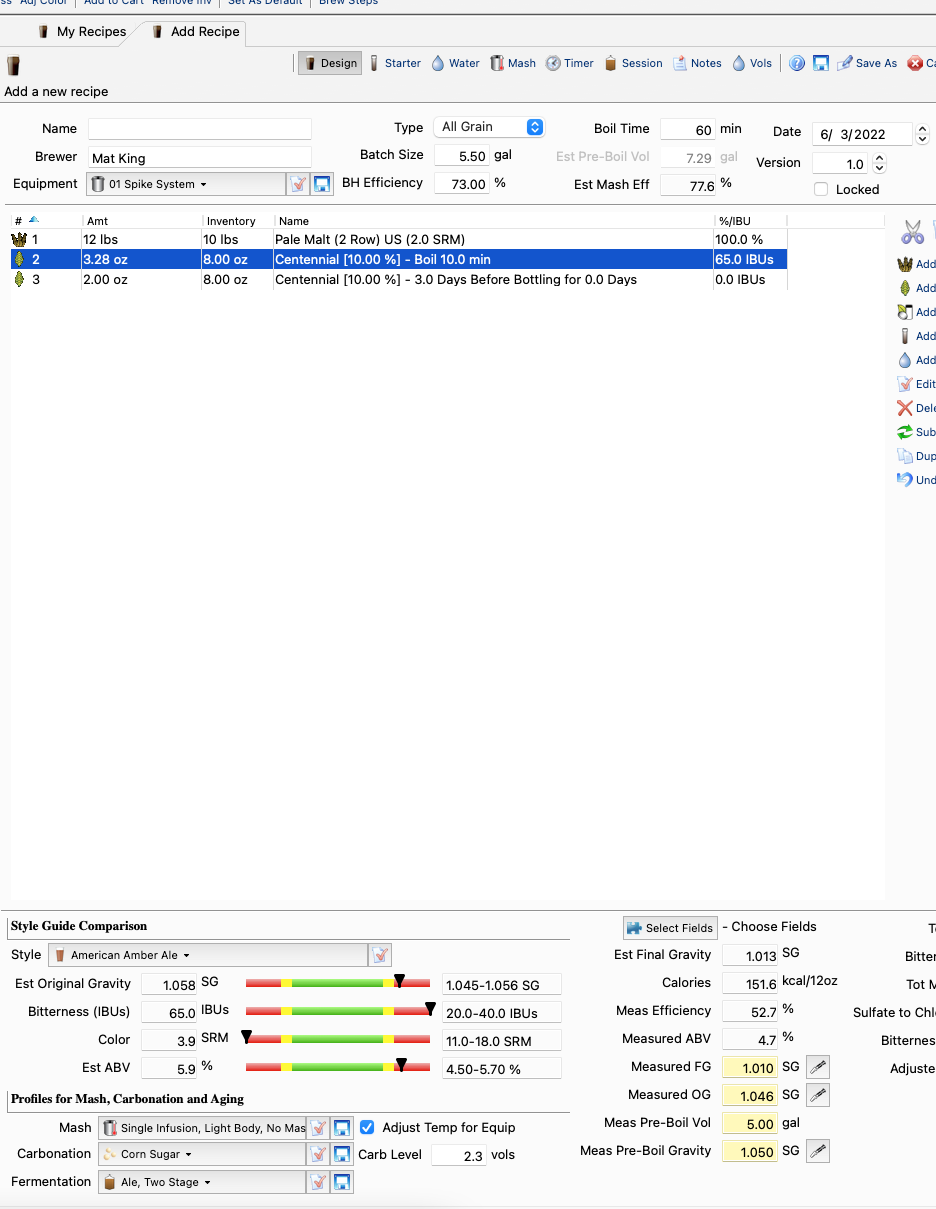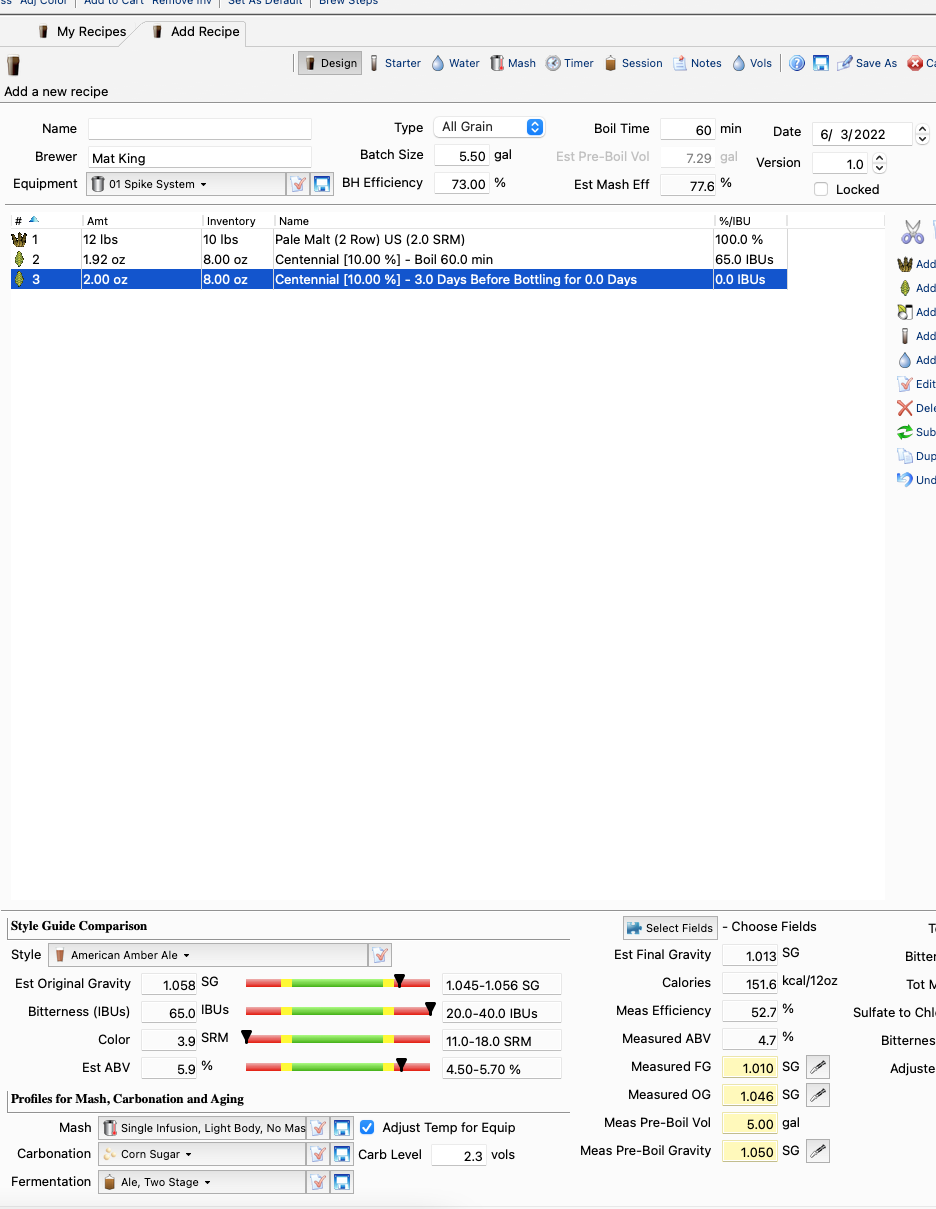Hey, thank you for the reply mate! I know what you are taking about, I am just trying to be a bit more practical here. For example, I have brewed many west coast IPA recipes, where -while the total IBUS is at the 60-70ish mark and seem right- most of them come from late additions and wp. So, the finished beer is kinda sweet. On the other, I have tried recipes with the same or even less IBUS, but they come from a 60-45 min boil and the difference in perceived bitterness is enormous. Your experience and opinions are more than welcome brothers!
You are describing the difference between two styles - New England IPA vs. West Coast IPA.
In general, the longer you boil hops, the more bitterness you extract from them.
“Old School” West Coast IPAs used mostly boil hops and we would follow a schedule with large additions at times like 60, 30, 15, 5. Then the beer would be dry hopped.
The development of IPA took further steps like putting the beer through more hops at cooling time, pushing the hot wort thru more hops on the way to cooling, using whats now called a hop rocket. Or it was called a hopback. I think Troegs still has a beer called Hopback Amber. Then people started pusing the beer through more hops at serving time. They had devices called a Randall or something like that. These contained hops and went between the keg and the tap.
Then they went to whirlpooling hops before cooling. All in the name of trying to get more hop flavor.
Somewhere people went to the idea of using almost no boil hops and putting all the hops at flameout and whirlpool and dry hop, This coincided with the rise of new varieties of hops from places like New Zealand. These hops create alot of haze. The style started somewhere in the New England area and they called it New England IPA. And they continue to get crazier with it.
There has been further confusion due to so many beers being canned now and you can’t see what’s in the can. NEIPA is not always labelled as such. When you see the words “juicy” or “dank”, and especially “hazy” then assume NEIPA. They also mostly taste strongly like grapefruit. West Coast IPAs also can have some grapefruit but are also described as “piney” or “pine cone” because for the most part they use American hops not New Zealand hops. NEIPA looks like a glass of orange juice. West Coast IPAs can be slightly hazy but many are clear beers.
Two different beers made by different processes.
If all this is not enough, some companies are making IPL, India Pale Lager now - and now we have discussions how lager yeast and the lagering process changes all this.





